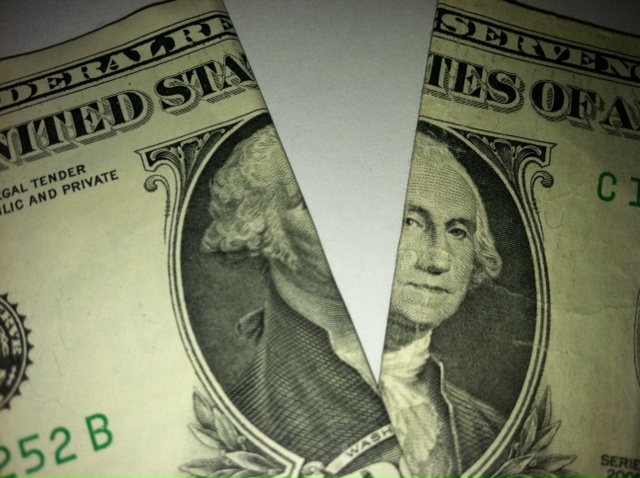Banking, finance, and taxes
VIX Hits Almost Six-Year Lows, Complacency Replaces Fear
Published:
Last Updated:
The Volatility Index, AKA the VIX, just hit a 52-week low. Make that a multiyear low, all the way back to April of 2007. Is the “fear index” showing a market that is overly bought and ripe for a correction? It may just be signaling that we are in the midst of one major rally that can keep running and running. The move we are seeing is being confirmed by the iPath S&P 500 VIX ST Futures ETN (NYSEMKT: VXX). This exchange-traded note is also at a 52-week low.
Some market observers may start to say that this alone may be marking some seriously overbought territory for the broad stock market. 2013 has been a great year for stocks with record inflows for the first two months of the year. The problem is that as the VIX gets lower and lower it signals extreme complacency. The good news for the bulls (and bad news for the bears) is that the VIX can theoretically remain extremely low indefinitely (or until all the stock buying money runs out).
The prior 52-week range in the VIX was $12.08 to $27.73. The low on Monday was $11.68 and the reading is now just over 11.75. If you have some serious gains you want to protect, it needs to be said that buying put options to hedge against downside is generally as cheap as it can get right now.
After reviewing the historical charts, the low on the VIX has now been under 13 for three consecutive calendar months. That takes us back to the end of 2007 before you can find a reading of that sort. The last time the reading was this low for an extended period was what led to the bull market before the great recession. We would note that a low VIX can go even lower as there were times that the index dropped to under 10 briefly in 2005, 2006, and again in 2007. It was in April of 2005 that the DJIA was as low as 10,000 and it was up at 14,000 by July of 2007.
The VIX is a great tool for finding seriously oversold markets that at a minimum need a serious technical trading bounce. Evaluating it down at the lows sometimes has been followed only by lower lows. The good news for any chicken-bulls is simple: put options to hedge new positions or to lock in gains are currently dirt cheap.
Credit card companies are at war. The biggest issuers are handing out free rewards and benefits to win the best customers.
It’s possible to find cards paying 1.5%, 2%, and even 5% cash back today. That’s free money for qualified borrowers, and the type of thing that would be crazy to pass up. Those rewards can add up to thousands of dollars every year in free money, and include other benefits as well.
We’ve assembled some of the best credit cards for users today. Or you can jump straight to our top pick today which pays up to 5% cash back, a $200 bonus on top, and $0 annual fee. Click here to apply before they stop offering rewards this generous.
Flywheel Publishing has partnered with CardRatings for our coverage of credit card products. Flywheel Publishing and CardRatings may receive a commission from card issuers.
Thank you for reading! Have some feedback for us?
Contact the 24/7 Wall St. editorial team.